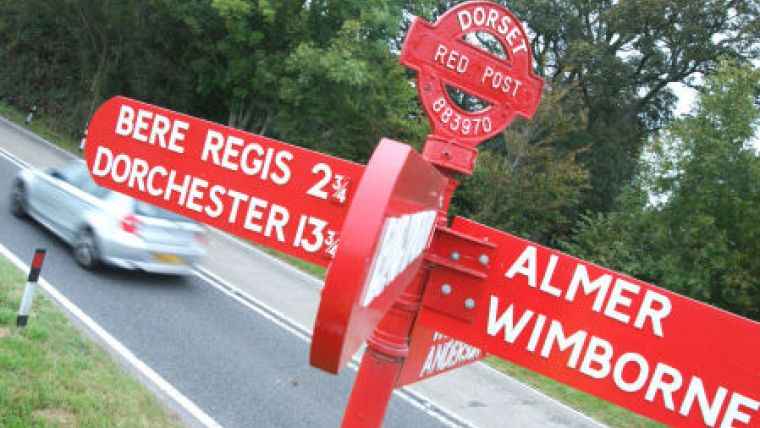Dorset Bypass Plans Utilise LiDAR Data
Dorset's A35 and C6 roads form a crucial link down to the county's south coast. With a view to improving this link, Dorset County Council has commissioned multidisciplinary engineering consultancy Buro Happold to prepare a feasibility study into bypass options. In order to accurately understand the features of the local terrain, the consultancy has used UK-based specialist Bluesky's 3D map system, which creates digital maps captured by aircraft mounted lasers.
Bluesky have also supplied high-resolution aerial photography that has been used to create 3D fly-throughs and visualisations of the resulting designs.
Using 12d Model, a powerful terrain modelling and civil engineering software package, Buro Happold has expanded on an earlier feasibility study and prepared three options for the bypass. The detailed terrain model has allowed the designers to minimise any impact on the environment, particularly the associated costs of cut and fill operations.
"The size of the study area meant a traditional topographic survey was simply not feasible due to cost implications," commented Neil Harvey, Senior Engineer in Buro Happold's Highways and Infrastructure division. "However, for the same price as a relatively small ground survey, we were able to acquire very accurate terrain measurements and high-resolution aerial photography of the entire study area. These have proved instrumental in progressing the feasibility study and preparing designs for each of the three options. The aerial photography will also be fundamental in communicating these designs during a future public consultation period as they provide real world detail to our computer generated models."
In order to capture the highly accurate LiDAR (Light Detection and Ranging) data, a survey aircraft equipped with a system of lasers was used. Lasers were beamed to the surface and the time taken for the beam to be bounced back to aircraft-mounted receivers was recorded. Using the known position of the aircraft (derived from on-board satellite positioning equipment), the time taken for the return of the laser beam and the known value of the speed of light, the distance between the aircraft and ground is calculated. Additional readings can also be taken to determine the height of buildings, vegetation and other surface structures.
The Bluesky LiDAR data forms part of a detailed 3D terrain map, available online, that covers most of England and Wales including all major urban centres, coastal areas and flood plains. Aerial photography for the whole of England, Wales and parts of Scotland is also available to view and purchase online. For more information, visit www.bluesky-world.com.

Value staying current with geomatics?
Stay on the map with our expertly curated newsletters.
We provide educational insights, industry updates, and inspiring stories to help you learn, grow, and reach your full potential in your field. Don't miss out - subscribe today and ensure you're always informed, educated, and inspired.
Choose your newsletter(s)












